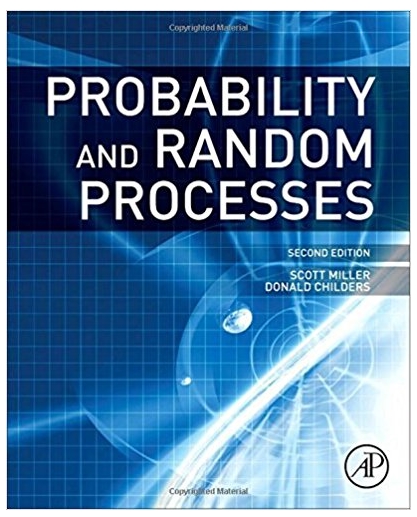Question
Choose any positive integer. Powers of two here are not very interesting, so choose something else. If the number you have chosen is even, divide
Choose any positive integer. Powers of two here are not very interesting, so choose something else.
If the number you have chosen is even, divide it by two. If it's odd, multiply it by three and add one.
Now, with the result, repeat the same process. If the number is even divide it by two. If it's odd multiply it by three and add one. Keep repeating this process on the outcome. You will generate (*recursively*) a sequence of positive integers.
1.Present your sequence so others can compare it with their own. It would be useful to answer this part early in the week. That way others can use your data to help answer (2).
2.What do you observe? Make a (wild) conjecture based on your observation.
3.Try a different starting number and see if the same thing happens.
4.[Optional] Experiment further. Try starting with a negative number. Try a slightly different sequence.
5.[Optional] How *might* you start to prove your conjecture. (n.b. a proof is not needed here).
Step by Step Solution
There are 3 Steps involved in it
Step: 1

Get Instant Access to Expert-Tailored Solutions
See step-by-step solutions with expert insights and AI powered tools for academic success
Step: 2

Step: 3

Ace Your Homework with AI
Get the answers you need in no time with our AI-driven, step-by-step assistance
Get Started


